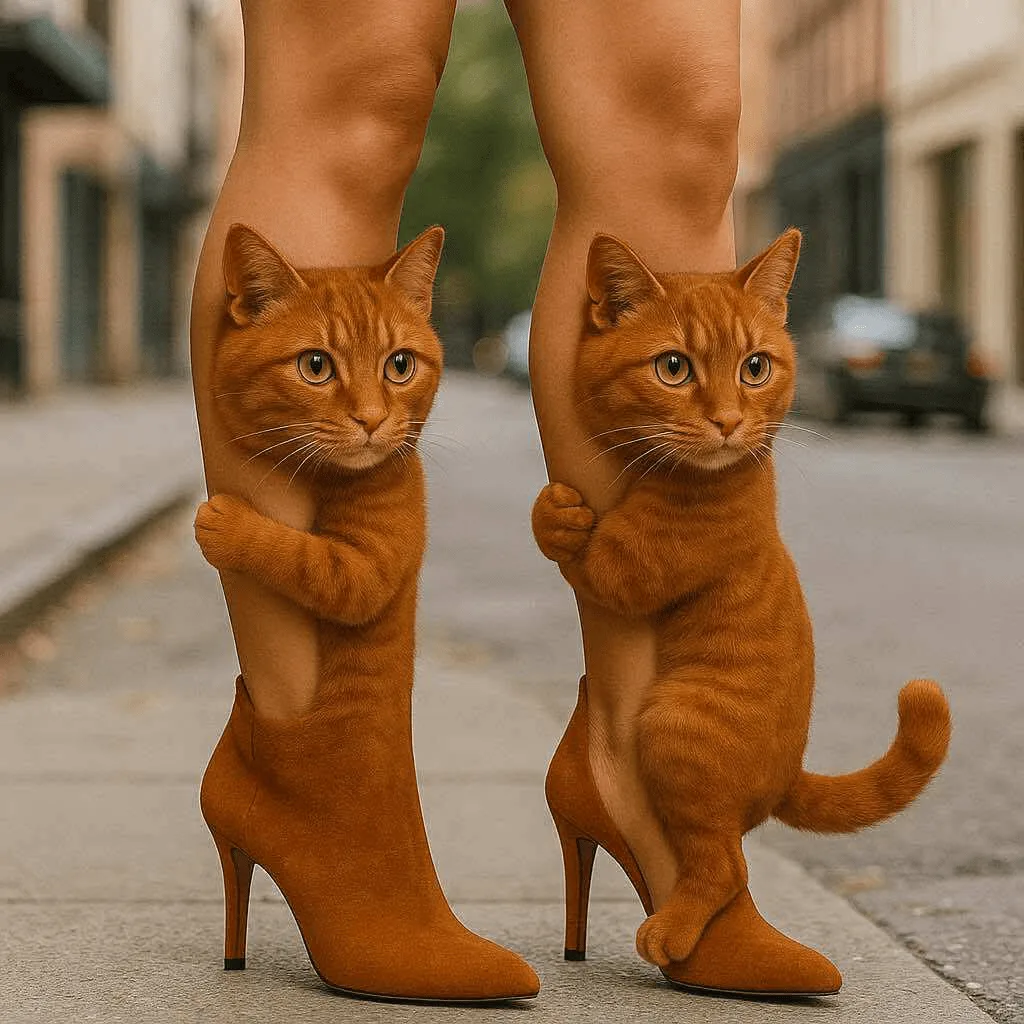Animal benches made from stone are not only a symbol of artistry and design but also serve as practical installations in parks, gardens, and public spaces. These unique structures combine functionality with aesthetics, providing a resting place while celebrating the beauty of animals through their intricate designs. In this article, we will explore the various facets of animal benches made from stone, including their history, benefits, and how they can enhance outdoor spaces.
The History of Animal Benches Made from Stone
The journey of animal benches made from stone is steeped in tradition, creativity, and cultural significance.
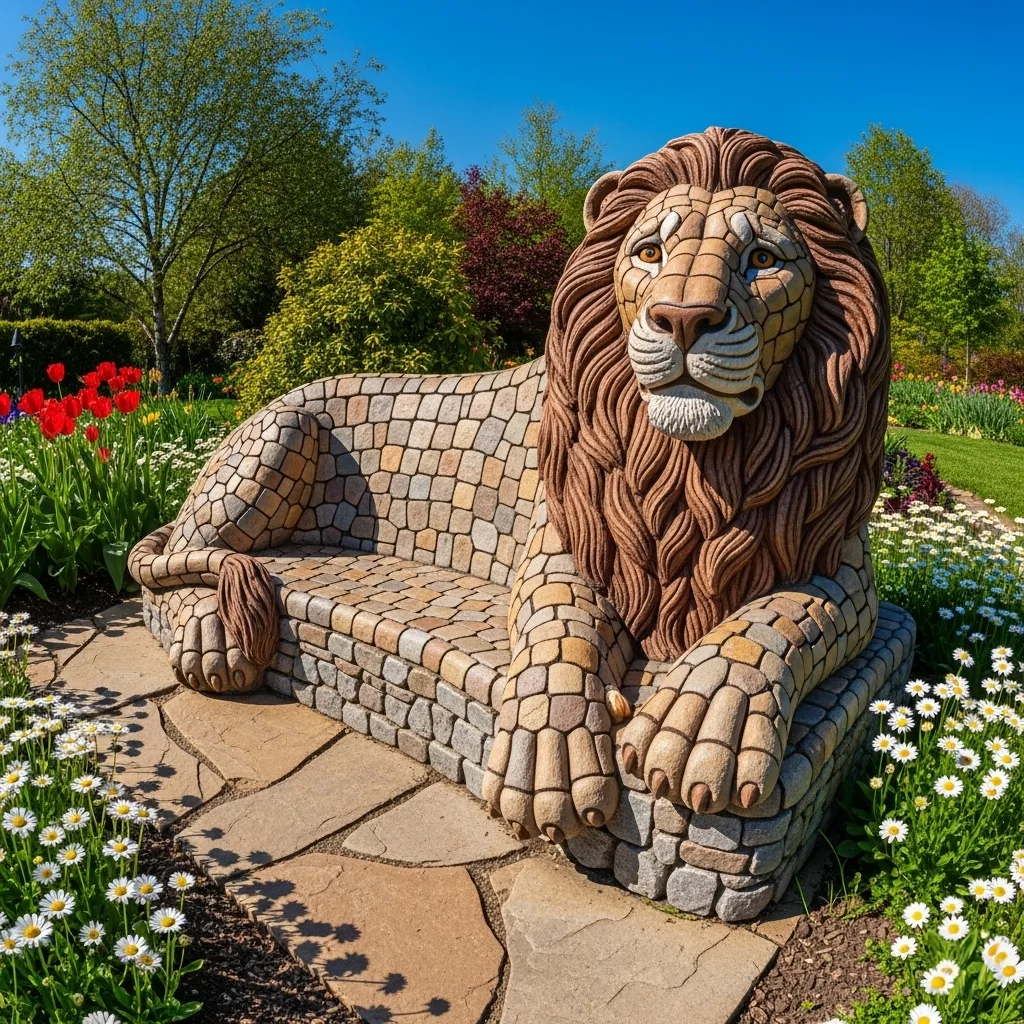
Origins of Stone Benches
Stone benches date back to ancient civilizations where large rocks were ingeniously carved into seating arrangements.
- Cultural Significance: Early societies used these stone structures not just for sitting but also as social gathering points.
- Craftsmanship Evolution: Over time, skilled artisans began to incorporate motifs and designs that reflected local wildlife, leading to the creation of animal-themed benches.
Renaissance and Baroque Influence
With the onset of the Renaissance, there was a resurgence in artistic expression.
- Sculptural Designs: Sculptors began integrating animal forms into benches, making them functional art pieces.
- Materials Usage: Different types of stone like marble and granite became popular due to their durability and workability, allowing for more intricate carvings.
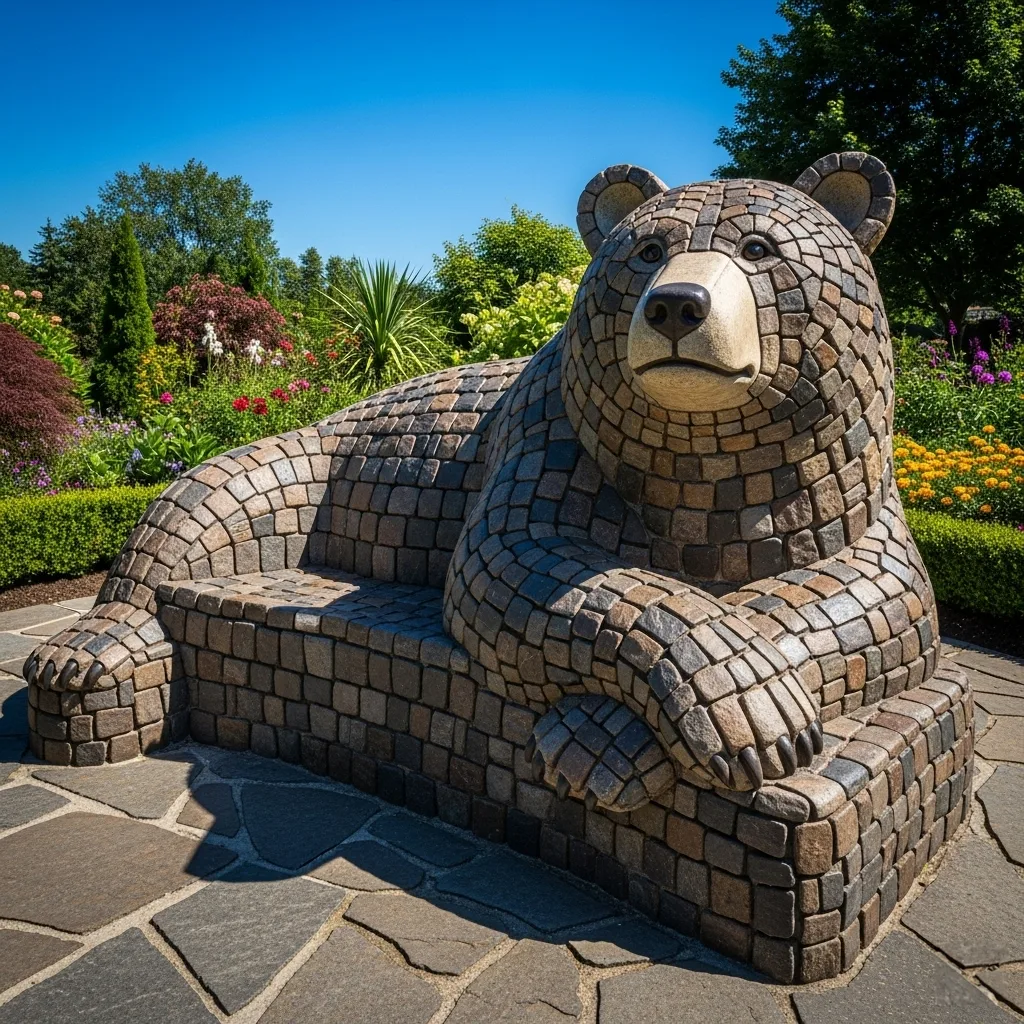
Modern Interpretations
Today, animal benches made from stone have evolved to reflect contemporary tastes.
- Diverse Styles: From whimsical designs that appeal to children to sophisticated shapes meant for public squares, the varieties are endless.
- Sustainability Focus: In recent years, there has been a push towards using recycled stone materials to create benches, aligning with eco-friendly practices.
Benefits of Using Animal Benches Made from Stone
Animal benches made from stone offer numerous advantages, making them an ideal choice for many outdoor environments.
Durability and Longevity
One of the primary benefits of stone benches is their strength.
- Weather Resistance: Stone naturally withstands varying weather conditions without deteriorating.
- Vandalism Resistance: Unlike wood or plastic, stone is less susceptible to vandalism, making it a long-lasting option.
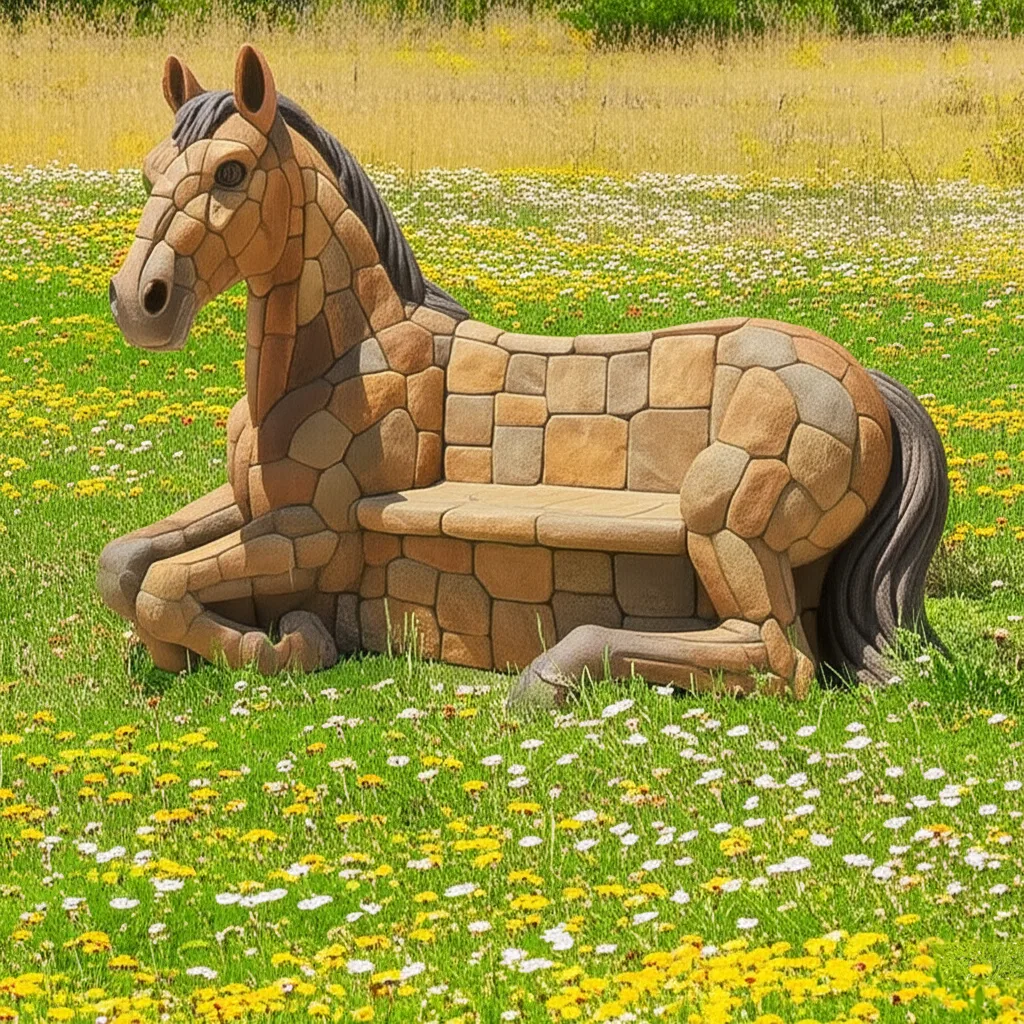
Aesthetic Appeal
Aesthetic value is crucial when selecting outdoor furniture.
- Natural Beauty: The inherent textures and colors of stone provide a natural elegance that complements any garden or park.
- Artistic Expression: Each stone bench can be a unique work of art, displaying detailed carvings of animals that resonate with nearby flora and fauna.
Functional Use
Functionality becomes paramount for public benches.
- Comfort: Stone benches are designed to provide ample seating space.
- Community Engagement: They often become focal points for community gatherings, encouraging people to socialize and appreciate their surroundings.
Designing Animal Benches Made from Stone
Creating a stone bench featuring animal motifs requires thoughtful design considerations.
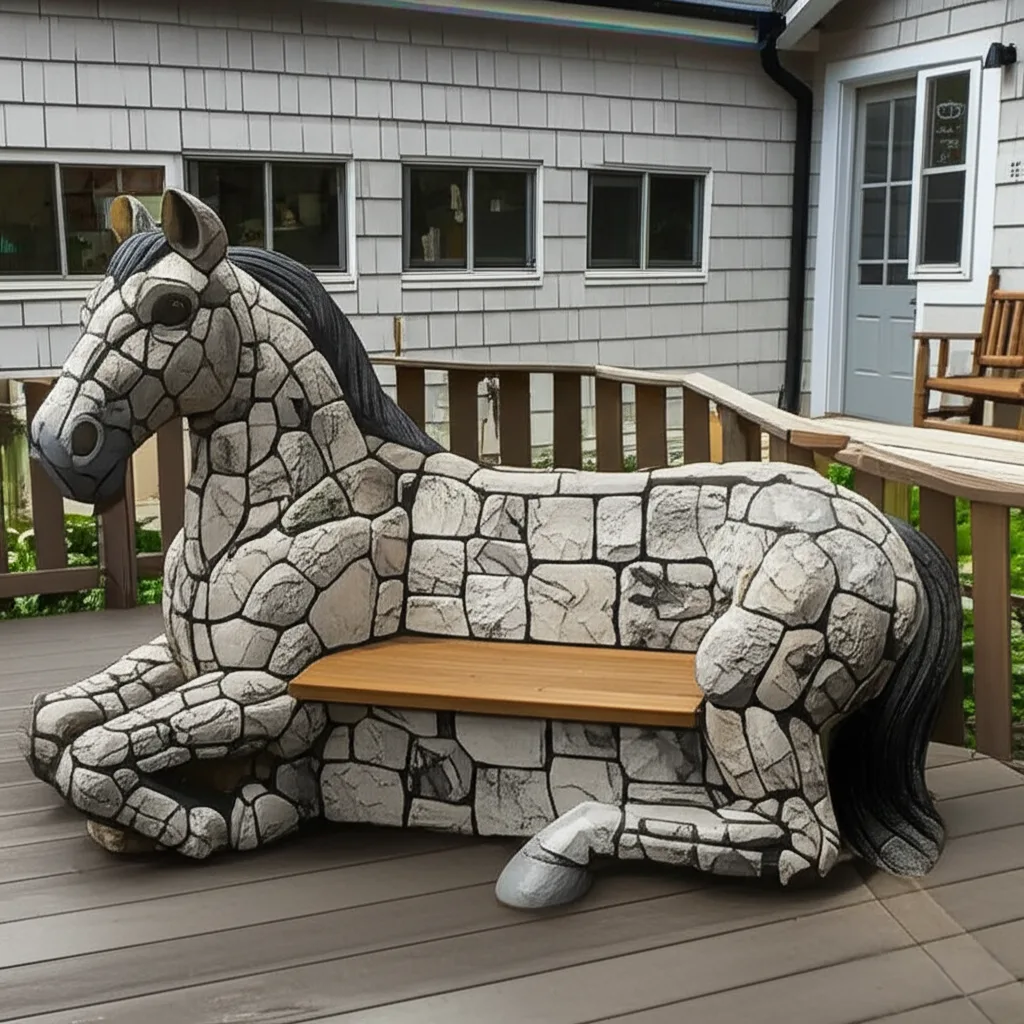
Choosing the Right Stone
Selecting the appropriate type of stone is critical.
- Granite: Known for its durability and polished finish.
- Limestone: Offers a softer texture which may allow for more intricate carvings.
Integrating Animal Motifs
Incorporating animal themes can be done creatively.
- Realistic Designs: Life-like representations of animals add charm and draw interest.
- Abstract Forms: For a modern touch, abstract interpretations can be used to convey movement or spirit of animals.
Placement and Context
The location of the animal bench significantly affects its usage.
- Visibility: Placing benches in high-traffic areas encourages use.
- Natural Surroundings: Aligning with natural landscapes can enhance both the bench and the environment.
How to Use Animal Benches Made from Stone
Knowing how to integrate animal benches made from stone into your outdoor spaces can maximize their benefits.
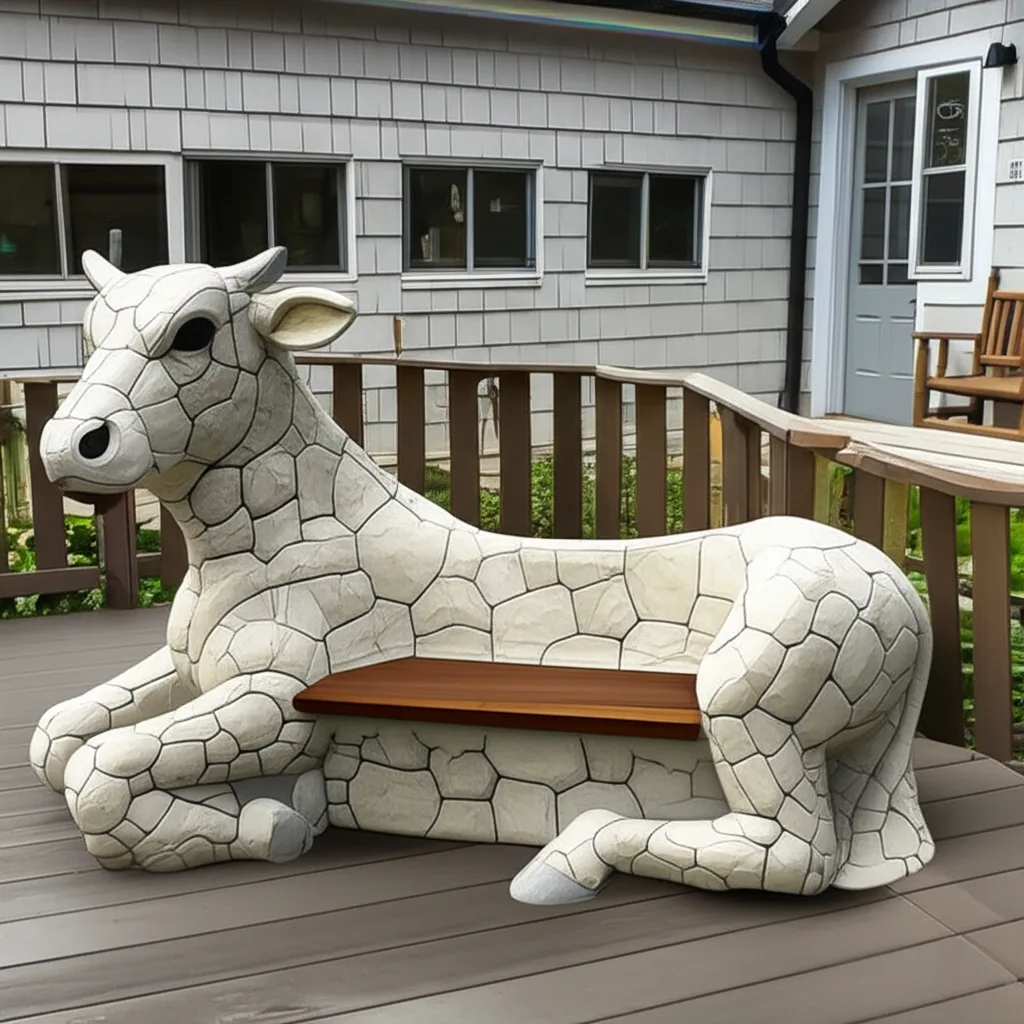
Exploring Public Spaces
Public areas like parks and plazas can greatly benefit from stone benches.
- Resting Spots: They encourage visitors to take a break, enjoy nature, and socialize.
- Interactive Features: Engaging children with animal designs can inspire imaginative play.
Enhancing Residential Gardens
For personal spaces, these benches can serve multiple purposes.
- Decorative Elements: They can act as focal points in flower beds or serve as functional art pieces.
- Meditation Areas: Stone benches provide tranquil spots for reflection amidst nature.
Event Hosting
Stone benches can be utilized during gatherings and events.
- Seating Arrangements: They create informal seating that works well for picnics or outdoor parties.
- Photo Opportunities: Unique animal designs offer great scenic backgrounds for photos.
FAQs about Animal Benches Made from Stone
What are the common materials used for animal benches made from stone?
Animal benches are typically made from durable stones such as granite, limestone, and marble. Each material provides different aesthetics and levels of durability.
How do I maintain stone benches?
Maintaining stone benches involves regular cleaning with mild soap and water. For tougher stains, a mixture of vinegar and baking soda can help restore the surface.
Can I customize my animal bench design?
Yes, many artisans and manufacturers offer customization options, allowing you to choose specific animal motifs and styles that suit your aesthetic needs.
Where can I find animal benches made from stone?
These benches can be found at garden centers, sculpture parks, and specialty retailers that focus on outdoor furniture and landscaping.
Are animal benches made from stone cost-effective?
While the initial investment might be higher than wooden or plastic alternatives, the longevity and low maintenance costs of stone benches make them economically viable in the long run.
Conclusion
Animal benches made from stone represent a harmonious blend of art and utility, transforming outdoor spaces into realms of relaxation and interaction. With their historical roots, durable nature, and artistic flair, they foster communal engagement while enhancing the aesthetic appeal of parks and gardens alike. Investing in such benches pays dividends through years of service, ensuring that users enjoy both comfort and beauty in nature’s embrace.




